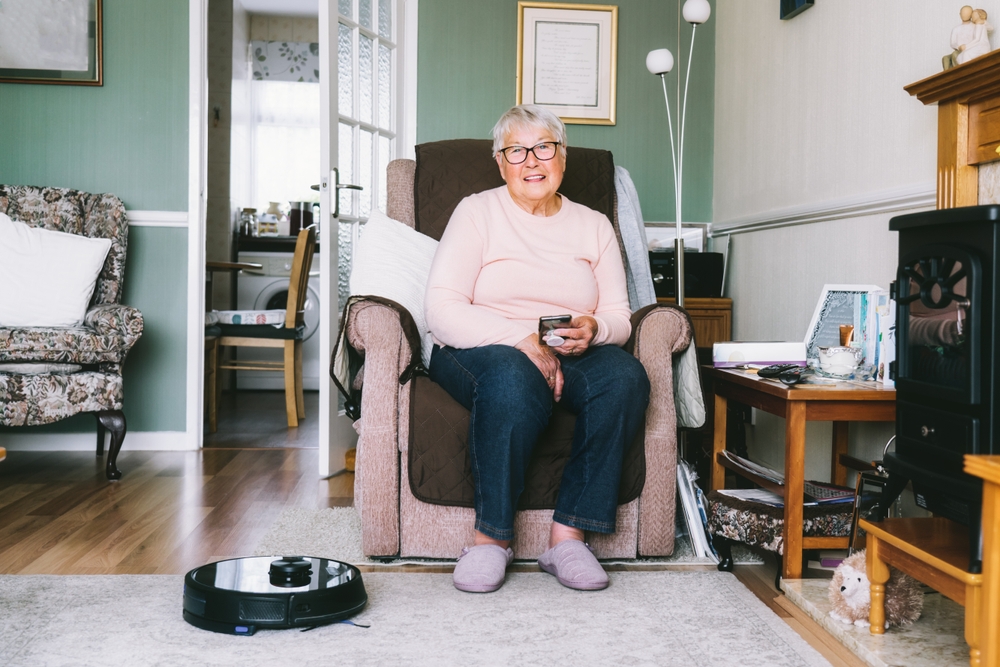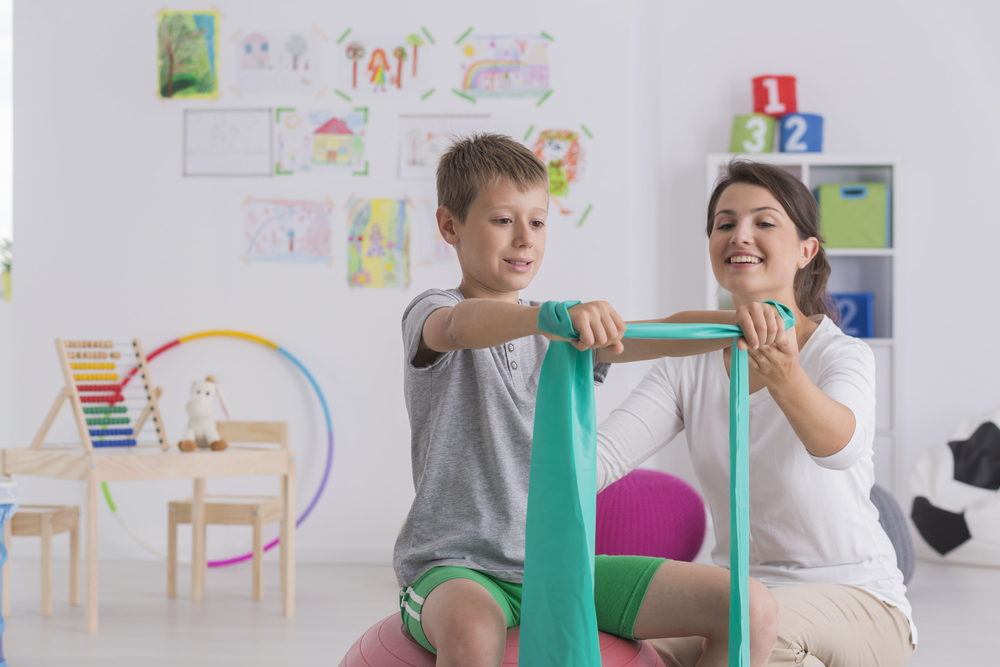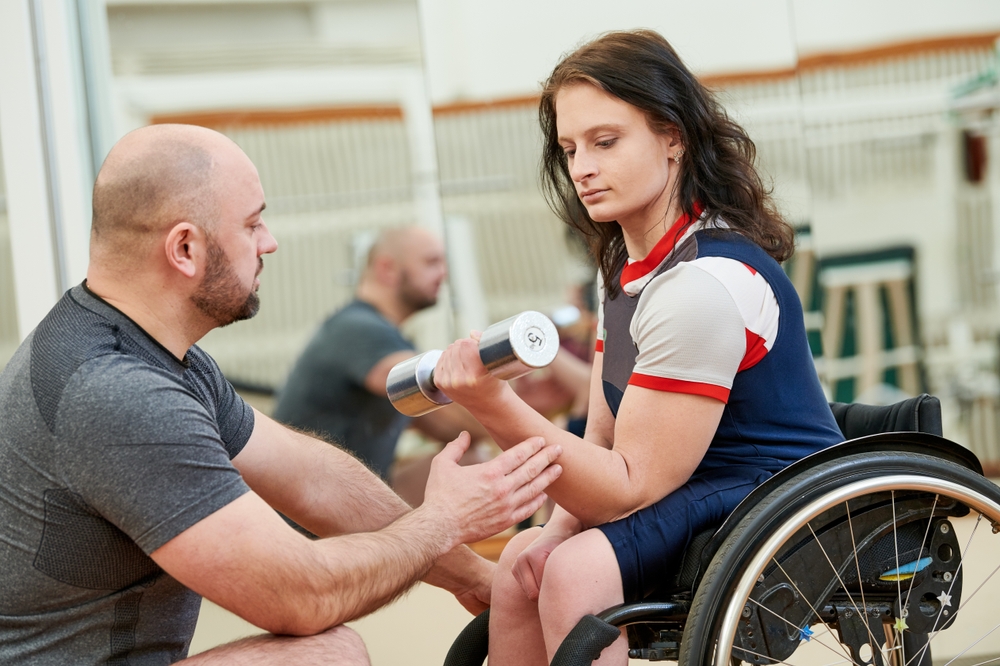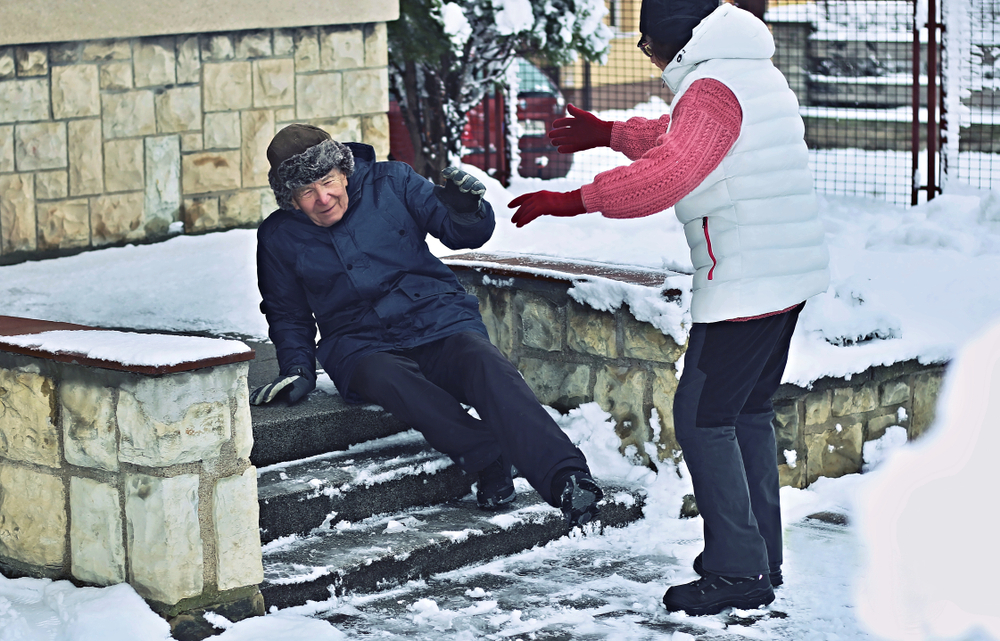Make an Appointment
Cerebral palsy is a group of neurological disorders that affect an individual's ability to move and maintain balance and posture. Individuals with cerebral palsy may experience difficulty with communication, coordination, fine motor skills, and daily living activities. However, advancements in technology and design have led to a wide range of adaptive equipment available, and services like physiotherapy, occupational therapy, speech pathology, and exercise physiology provided by Physio Inq can further support individuals with cerebral palsy. This article aims to provide an overview of the different types of adaptive equipment for cerebral palsy, the benefits of Physio Inq services, and tips on selecting the right equipment to meet individual needs.
Table of Contents
I. What is Cerebral Palsy?
II. Physio Inq Services for Individuals with Cerebral Palsy
III. Adaptive Equipment for Mobility
IV. Communication Devices for Cerebral Palsy
V. Assistive Technology for Feeding and Drinking
VI. Educational and Recreational Equipment
VII. How to Choose the Right Adaptive Equipment for Individuals with Cerebral Palsy
VIII. Financial Assistance and Funding Options
IX. Conclusion
What is Cerebral Palsy?
Cerebral palsy (CP) is a group of permanent movement disorders caused by abnormal brain development or damage to the developing brain, typically occurring before, during, or shortly after birth - Cerebral Palsy Alliance. (2021). CP can affect muscle control, coordination, balance, and posture, leading to mobility challenges and difficulty with daily living activities. CP can also cause communication challenges, seizures, and intellectual disability in some cases. The condition affects individuals differently, with some individuals having mild symptoms and others having more severe disabilities.
Physio Inq Services for Individuals with Cerebral Palsy
Physio Inq offers a comprehensive range of services for individuals with cerebral palsy, including physiotherapy, occupational therapy, speech pathology, and exercise physiology. These services are designed to help individuals with cerebral palsy improve their mobility, coordination, communication, and overall health and wellbeing.
Physiotherapy is a crucial component of CP management, as it focuses on improving mobility, strength, and coordination through tailored exercises and therapies. According to a blog post by Physio Inq, physiotherapy can help children with CP by improving their muscle tone, preventing muscle contractures, and improving their ability to walk and perform daily living activities. For more information on physiotherapy's role in the management of cerebral palsy please see our article What Role Does Physiotherapy Play in the Management of Cerebral Palsy?
Occupational therapy helps individuals with CP develop and maintain the skills needed for daily living and independence. For example, occupational therapists can help individuals with CP learn how to use adaptive equipment for their daily living activities, such as dressing, bathing, and eating. They can also help with handwriting and fine motor skills.
Speech pathology addresses communication challenges and helps improve speech and language abilities. Individuals with CP may have difficulty with speaking, understanding language, and communicating effectively. Speech pathologists can provide interventions to improve speech, language, and communication skills.
Exercise physiology focuses on designing and implementing personalized exercise programs to enhance overall health and wellbeing. Exercise can help individuals with CP improve their cardiovascular health, strengthen muscles, and improve their overall quality of life.
Adaptive Equipment for Mobility
Adaptive equipment for mobility can help individuals with cerebral palsy move around more independently and safely. These tools can range from simple items like handrails and walking sticks to more complex items like wheelchairs and gait trainers. A gait trainer is a walking aid that provides support and stability for individuals with CP who have difficulty walking independently. It has a frame that surrounds the individual and adjustable straps that support their torso and pelvis, allowing them to practice standing and walking. Gait trainers can also help improve muscle tone, coordination, and balance - The Cerebral Palsy Foundation. (n.d.). Gait Trainers.
Another type of adaptive equipment for mobility is a standing frame, which allows individuals with CP to stand upright and bear weight on their legs. Standing frames can help improve bone density, blood circulation, and respiratory function. They can also help prevent muscle contractures and pressure sores that can develop from prolonged sitting or lying down.
Communication Devices for Cerebral Palsy
Many individuals with cerebral palsy experience challenges with communication, making it difficult to express their thoughts and emotions. However, assistive technology communication devices can help bridge this gap and allow individuals with CP to communicate more effectively.
Electronic communication boards are one type of assistive technology communication device that allows individuals with CP to communicate through pre-programmed messages or symbols. These boards can be customized to an individual's needs, with options for different languages, voices, and symbols. Electronic communication boards are especially helpful for individuals with severe communication impairments who are unable to speak - Assistive Technology Industry Association. (n.d.). Augmentative and Alternative Communication (AAC)
Eye-tracking technology is another type of assistive technology that allows individuals with CP to control a computer or communication device using their eyes. This technology works by tracking the movements of the user's eyes and translating them into on-screen actions. Eye-tracking devices can help individuals with CP who have limited or no control over their limbs communicate more effectively and access technology - Tobii Dynavox. (2021). Eye tracking for assistive technology.
Assistive Technology for Feeding and Drinking
Assistive technology for feeding and drinking can help individuals with CP who experience difficulty with these tasks. These tools can range from specialized cups and utensils to feeding pumps and suction machines.
One type of assistive technology for feeding and drinking is a modified bottle or cup that has a special design to make it easier to use for individuals with CP who have difficulty with sucking, swallowing, or holding. Some examples include bottles with angled or weighted designs, cups with handles, and straws with adjustable flow rates - Feeding Matters. (n.d.). Adaptive Equipment.
Feeding pumps and suction machines are also commonly used by individuals with CP who have difficulty swallowing or managing their saliva. These machines can help deliver food and liquids directly to the stomach through a feeding tube and remove excess saliva from the mouth and throat - National Institute of Neurological Disorders and Stroke. (2019). Cerebral Palsy: Hope Through Research.
Educational and Recreational Equipment
Individuals with cerebral palsy also require educational and recreational equipment that is specially designed to meet their unique needs. These tools can include adaptive software, specialized toys, and sensory equipment.
Adaptive software can help individuals with CP access educational materials and technology more easily. For example, text-to-speech software can read aloud written text, making it easier for individuals with CP who have difficulty reading. Speech recognition software can also help individuals with CP who have difficulty typing or using a mouse to control a computer.
Sensory equipment, such as weighted blankets, sensory swings, and tactile toys, can help individuals with CP regulate their sensory input and improve their overall wellbeing. These tools can provide deep pressure, vibration, or tactile stimulation, helping to calm individuals with CP who experience sensory overload or anxiety.
How to Choose the Right Adaptive Equipment for Individuals with Cerebral Palsy
Selecting the right adaptive equipment for individuals with cerebral palsy requires careful consideration of their individual needs and abilities. Here are some tips for choosing the right equipment:
1. Consult with professionals: Speak with physiotherapists, occupational therapists, and other healthcare professionals to determine what equipment is most suitable for an individual's needs.
2. Consider individual needs: Take into account the individual's abilities, preferences, and daily routines when selecting equipment. Equipment should be tailored to meet their specific needs.
3. Research available options: Conduct thorough research on available equipment options, including their features, prices, and reviews from other users.
4. Test the equipment: Try out the equipment before purchasing it, if possible. This can help ensure that it is comfortable and easy to use.
5. Plan for future needs: Consider how the individual's needs may change over time and select equipment that can be adjusted or adapted as necessary.
Financial Assistance and Funding Options
Adaptive equipment for cerebral palsy can be costly, but there are financial assistance and funding options available to help cover the costs. These options include:
Insurance coverage: Check with your insurance provider to see if they cover adaptive equipment for cerebral palsy.
Medicaid waivers: Medicaid waivers can help cover the costs of adaptive equipment for individuals with cerebral palsy who meet certain eligibility criteria.
Nonprofit organisations: There are many nonprofit organizations that provide financial assistance for adaptive equipment, therapy, and other services to individuals with cerebral palsy and their families. In Australia, some examples include the Cerebral Palsy Alliance, Scope Australia, the Association for Children with a Disability, the Cerebral Palsy Support Network, and the Cerebral Palsy Education Centre. These organisations can provide valuable support and resources to help individuals with cerebral palsy access the equipment and services they need.
Government programs: The National Disability Insurance Scheme (NDIS) in Australia provides funding for individuals with cerebral palsy to access adaptive equipment and services. To learn more about how to access NDIS funding and maximize your plan with therapeutic supports, check out Physio Inq's articles on "Maximising Your NDIS Plan with Therapeutic Supports" and "What Support Does the NDIS Provide? Your Ultimate Guide"
Conclusion
Adaptive equipment and services provided by Physio Inq can significantly improve the quality of life for individuals with cerebral palsy. Physiotherapy, occupational therapy, speech pathology, and exercise physiology are crucial components of CP management, while adaptive equipment can help individuals with CP move around more independently, communicate more effectively, and perform daily living activities with greater ease. By selecting the right equipment and taking advantage of funding options, individuals with cerebral palsy can lead more fulfilling and independent lives. If you have any questions or would like to learn more about our allied health services, including adaptive equipment assessments, please contact our wonderful client services team at 1300 731 733
Date Published: Wednesday, March 29, 2023
Locate a NDIS Occupational Therapy
Service Near me
Get the experience & convinence you deserve to support your or a loved one's allied health needs.
Our NDIS Occupational Therapy team are currently serving & taking appointments in the following states and regions in Australia:
Need to get into direct contact with ur Client Services team? We're all ears. Call our team directly on 1300 731 733








